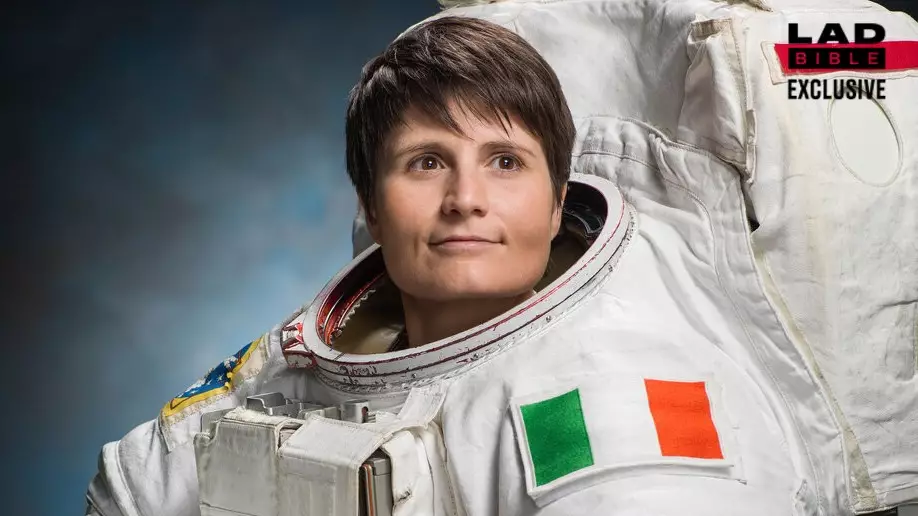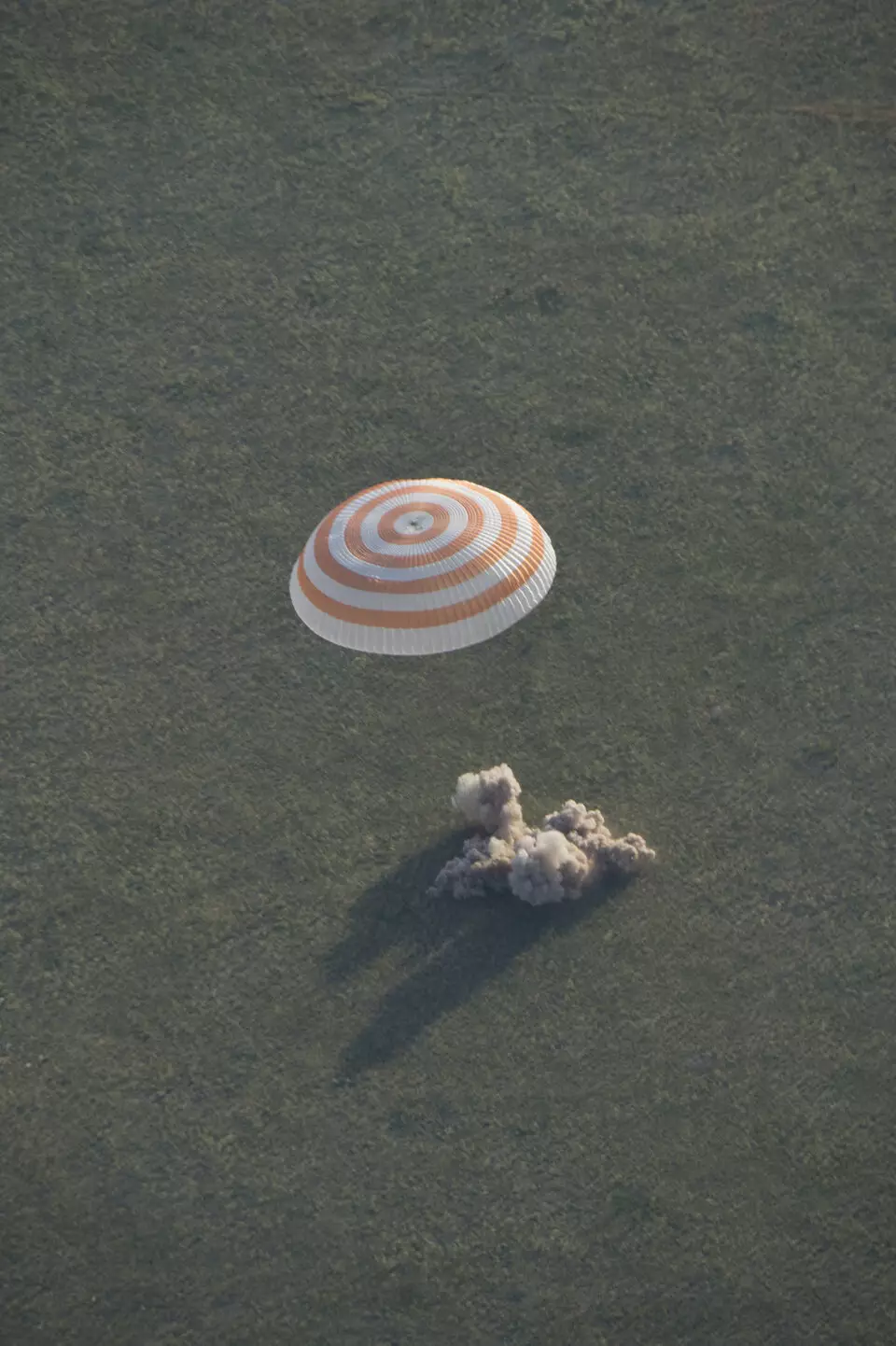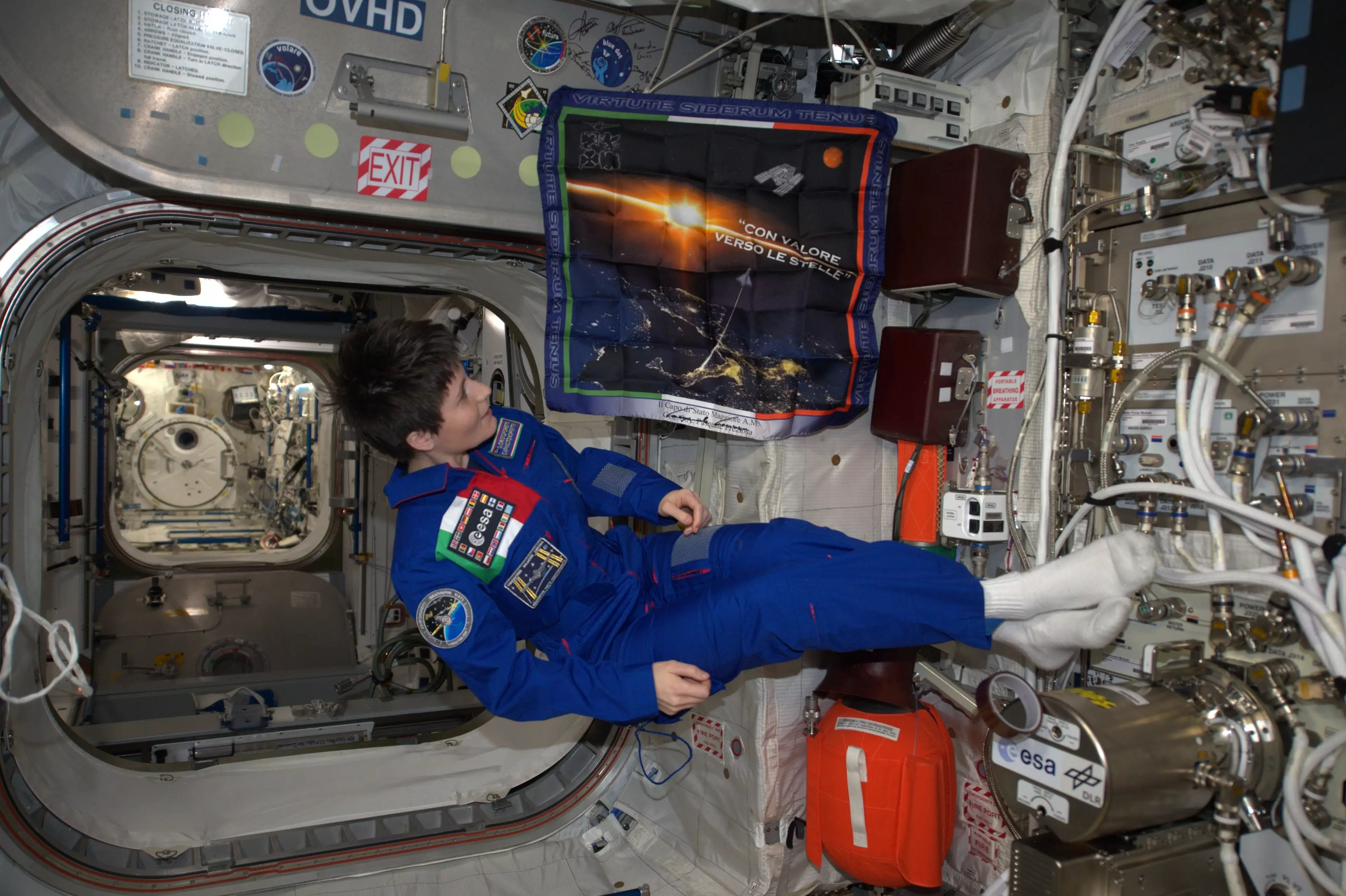
Astronaut Samantha Cristoforetti has recounted the experience of re-entering the Earth's atmosphere as a 'flying ball of fire'. Watch here:
The European Space Agency (ESA) astronaut spent just shy of 200 days in space, arriving back to Earth from the International Space Station (ISS) in June 2015.
Advert
However, before the Italian could plant her feet back on the safe soil, she first had to re-enter the Earth's atmosphere - a notoriously tricky procedure. Indeed, in 2003, the US space shuttle Columbia disintegrated upon re-entry having lost a piece of insulation during launch, claiming the lives of the seven crew members.

One of the challenges of re-entry is posed by our planet's gravitational pull, which tugs spacecraft back to Earth at dangerously high speeds. At the same time, air particles create friction as they collide with the spacecraft, and this friction presents the additional problem of extreme high temperatures.
"It's something that would definitely be scary if you didn't know what to expect," Cristoforetti told LADbible.
Advert
"Because it's very dynamic, there's a lot of pumping and being jostled around and the deceleration is pretty powerful.
"At some point, for a few minutes, you're literally a flying ball of fire. You see flames outside your window, you see your window charring.
"So, all of that - if you didn't know it - would be very scary, obviously."

But for Cristoforetti, who is due to embark on her second space mission next year, this seemingly petrifying experience was actually very enjoyable.
Advert
She said: "Since we know exactly what's going to happen, we actually welcome all of that because it means that everything is working just as it's supposed to.
"So you kind of live it as a really fun thing, you know, to be on a ride in the amusement park, I guess.
"As long as you see all these things happening in the way that you expected them, it's actually really fun."
Having made it safely back to the ground the rest of us inhabit, Cristoforetti grew to miss another fun aspect of life in space - weightlessness.

She said: "A couple of months into the flight I couldn't remember anymore what it meant to walk. It just felt so alien to me the idea of walking, of feeling my own weight, of feeling of that weight on the soles of my feet. It was like, 'Wow, that must have been really weird'.
Advert
"I do miss weightlessness. I found it very liberating - a feeling of effortlessness, freedom, lightness. I enjoyed it a lot."
If you've always dreamed of being an astronaut and experiencing first-hand unique and awe-inspiring sensations like Cristoforetti, now is the time to act - the ESA is recruiting new astronauts for the first time in 11 years.
Of course, punctuality and a positive attitude won't be enough to get you the gig - you need to have higher qualifications in science, engineering, maths, medicine or as a test pilot, three years of professional experience, and fluency in English and at least one other language.
Advert
But if you meet the criteria and have the drive, then make sure to apply - you may never get another chance.
As class of 2009 ESA astronaut Thomas Pesquet put it: "The most selective step is whether or not you are going to apply.
"There's maybe one in a thousand people who are going to be picked up, but there is one in a million who will apply. So please, please, please - apply, apply, apply."
The ESA is accepting applications until 28 May. You can find out more here and apply here.
Featured Image Credit: ESATopics: Science, World News, Interesting, space